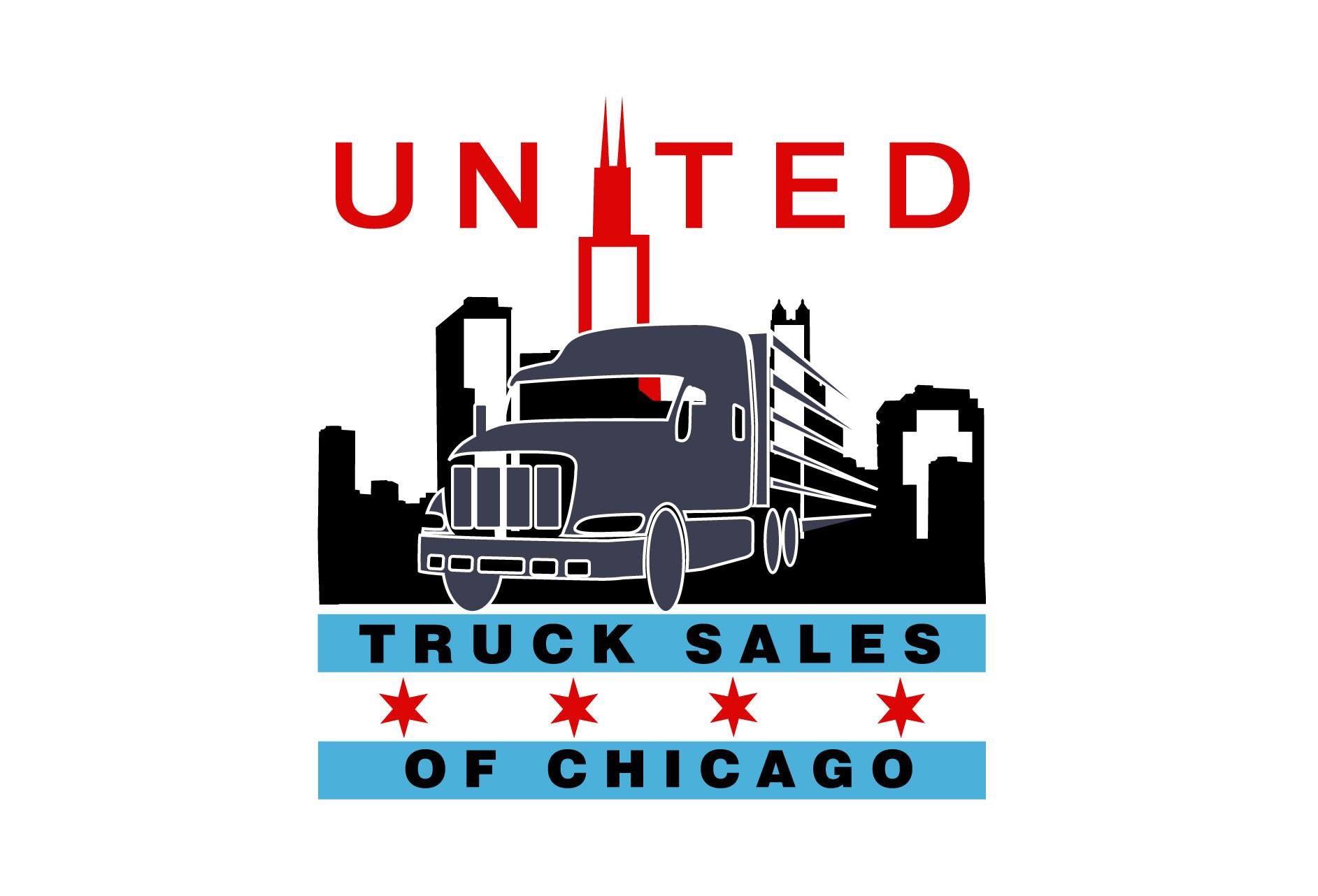Proper battery maintenance during the hot summer months is just as important as it is during the frigid winter months. Your truck battery powers your business. Follow this checklist to extend the life of your battery:
Preventative Maintenance
During scheduled preventative maintenance (PM), check and confirm the following:
Battery connections are clean and free of debris
Battery connections are tight
Hold-downs are properly secured
Battery pack is fully charged
Battery Inspection
Inspect the truck battery pack as part of your regularly scheduled vehicle inspection, any time the operator is experiencing ‘hard starts’ or the truck is being used for shorter runs with hotel loads. When the battery pack is tested, look for the following factors:
State of charge of the battery pack
Full charge is 12.6 volts for flooded batteries and 12.8 volts for AGM batteries
Hold-downs and battery connections are securely fastened
Batteries are fully recharged and tested with either a load or conductance tester
Evaluate what loads are being used and how much power is being taken by the additional use of air conditioning during warmer months
If the battery pack is 2-3 years old, the user may want to consider replacing batteries to reduce the risk of a no-start situation or emergency repairs.
Conductance Testing in our Truck Repair Shop.
Conductance uses the battery’s response to a very small signal in attempt to predict the effects of a much larger current. Conductance testing is ineffective on a discharged battery. If the battery is known to be discharged, or if the tester tells the operator to charge before testing again, the battery must be completely recharged.
State-of-Charge
State-of-charge is estimated from the open circuit voltage (OCV) and is used to determine if the battery is in a testable state or to estimate how long charging will take. Worth noting:
Battery design varies
Typical values are shown on the charging time tables
A true 75 percent or better charge state is needed for most testing
Why Should You Have Your DPF/DOC Cleaned?
When left uncleaned, soot and ash will collect and could damage or destroy you filter. While soot and ash burn off as quickly as it accumulates when driving under load, it tends to accumulate and stay when idling or driving through slow-moving traffic.
A few key indicators that it is time for a professional cleaning are a loss in engine performance or an increase in frequency in regeneration cycles. With regular DPF cleanings you could see:
Increased fuel efficiency
Extended filter life
Higher resale value if you decide to sell your truck at some point
A dirty filter may not sound like it could cause a lot of damage if left unattended, you’d be surprised by how costly it could be. This makes cleaning a necessary part of maintenance. When you factor in that replacements cost about $3,000, if not more, plus the cost of unexpected downtime, neglecting this relatively simple process could greatly affect your bottom line.
If you think your diesel is in need of DPF maintenance, visit our service department now. Our body shop and mobile truck service technicians are available to help you in Illinois.
Trucking isn’t just a career field for men. There are more than 200,000 female “long-haul” truckers in the United States.
The average small business semi truck driver can cover over 125,000 miles per year. That is more than 3 million miles over the average trucker’s career.
In a single year, American truckers throughout the nation can travel as many as 200 billion miles. Combined, they could have trucked to the sun and back around 1,000 times.
Owner-operators are the safest truckers on the road and experience fewer crashes than anyone else in the industry. Maybe it’s because they are responsible for their own repairs?
In the United States, the average length of a semi-trailer without the cab is 53 feet, and with the cab is about 70 to 80 feet. The maximum these trucks haul is 80,000 pounds. In Australia, however, “road trains” roam the roadways. Road trains are tractors with four trailers that are capable of hauling more than 300,000 pounds!
You had better be geared up to drive the big rigs, because these babies have an average of 10 forward gears and two reverse gears. Some trucks, however, have as many as 18 gears.
It takes approximately 55 feet for a large truck to flip a U-turn. In other words, it might be a good idea to be familiar with your route and pay attention while driving the big rigs.
Approximately 1 out of every 14 American jobs are in the trucking industry. That’s equals out to about 9 million workers.


